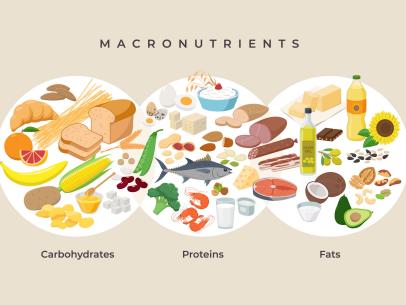Everyone around the world knows what a bench press is but not everyone knows how to do it with proper form and timing. If you are interested in exploding your bench press weight this reading is for you.

Bench pressing isn’t just about pushing weight; it’s about executing proper technique to maximize gains and prevent injury. Many lifters overlook the importance of lat engagement during bench pressing. Before unracking the bar, focus on pulling your shoulder blades down and back, as if trying to squeeze a pencil between them. This engages your lats, providing a stable base and reducing the risk of shoulder strain.
Your feet should be planted firmly on the ground throughout the lift. Position them flat and about shoulder-width apart for stability. Drive through your heels to generate power and maintain a solid foundation. Keeping your lower body engaged also helps in transferring force efficiently.
The path of the bar is crucial for an effective bench press. Lower the bar to your mid-chest while keeping your elbows at a 45-degree angle to your body. As you press, drive the bar back up in a slight arc towards your starting position. This path not only optimizes muscle engagement but also reduces stress on the shoulders.
How to Perform Bench Press – Tutorial & Proper Form – YouTube
Above is a video I used 3 years ago when introducing myself to the gym. I found this cannel very informative, and I still watch their (Buff Dudes) videos to this day. Remember, mastering the bench press takes time and practice. Focus on these key elements of technique, and soon you’ll be pushing more weight safely and effectively.



